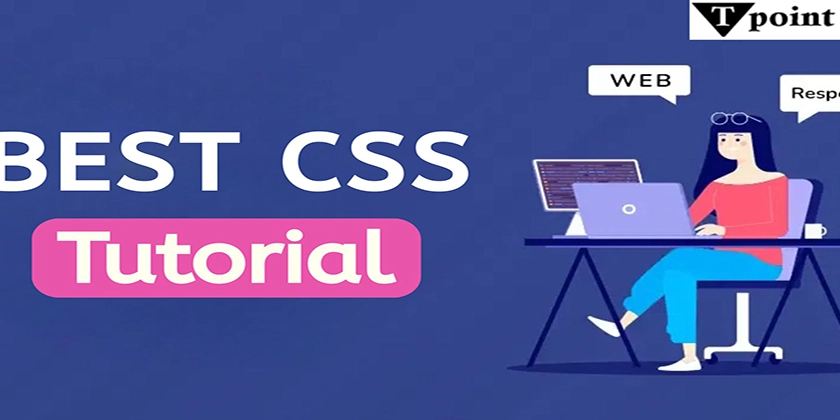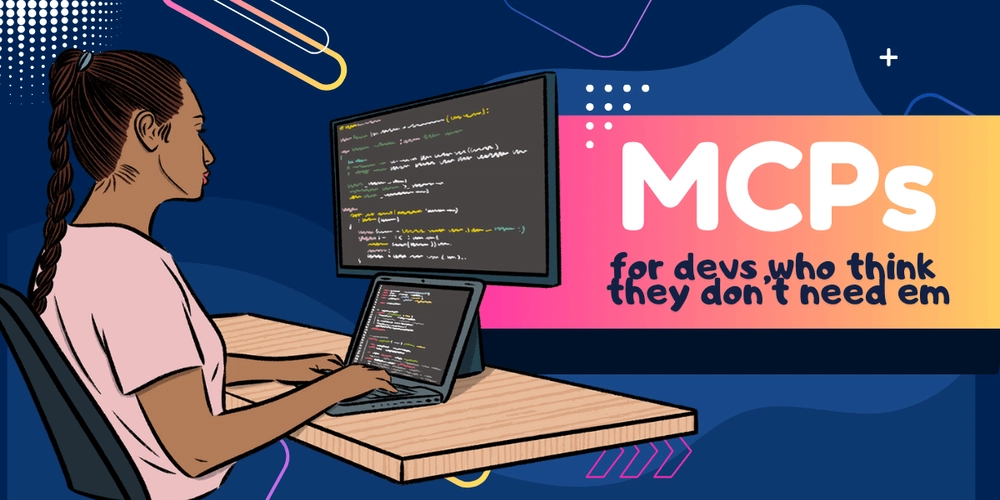If you’re diving into web development, you’ll quickly realize that CSS (Cascading Style Sheets) is the backbone of every beautiful, responsive website. HTML gives structure to your content, but it’s CSS that brings life to the page—colors, layouts, animations, and design consistency. Many beginners struggle because CSS can seem simple at first, but becomes tricky as projects grow. That’s why following the best CSS tutorial and a clear roadmap is crucial for success.
In this guide by Tpoint Tech, we’ll walk you through the complete CSS tutorial for beginners, share a roadmap to mastery, give practical tips, and highlight common mistakes to avoid.
Why Learn CSS?
Before we jump into the roadmap, let’s understand why CSS is so important. CSS allows you to:
- Create visually appealing designs without changing HTML.
- Build responsive websites that look great on desktops, tablets, and mobile devices.
- Separate content (HTML) from design (CSS), making code easier to maintain.
- Use modern features like Flexbox and Grid to build layouts quickly.
- Enhance user experience with transitions, animations, and hover effects.
In short, CSS is the difference between a plain document and a professional-looking website.
CSS Roadmap for Beginners
Here’s a step-by-step roadmap that forms the best CSS tutorial path for beginners:
1. The Basics
Start by learning how to apply CSS to HTML:
- Inline CSS
- Internal CSS
- External CSS (best practice)
Also, cover selectors (class, ID, element), properties (color, font-size, margin), and values. This foundation is essential before diving deeper.
2. Box Model
Every element on a webpage is a rectangular box. The box model—content, padding, border, and margin—decides how elements occupy space. Beginners often skip this part, but mastering it is key to building layouts.
3. Typography & Colors
Learn how to style text, use Google Fonts, and apply color schemes. Understand relative units like em, rem, %, and modern CSS color formats like RGBA, HSLA, and variables.
4. Positioning & Display
Explore properties like static, relative, absolute, and fixed. Learn the difference between block, inline, and inline-block. Without this, layouts will always feel confusing.
5. Flexbox & Grid
Modern CSS layouts depend on Flexbox (for one-dimensional layouts) and CSS Grid (for two-dimensional layouts). Together, they replace outdated float-based designs and make responsive sites easier to build.
6. Responsive Design
Learn about media queries and relative units to make sites mobile-friendly. Also, understand mobile-first vs desktop-first approaches.
7. CSS Variables & Advanced Features
Variables make CSS reusable and maintainable. Learn pseudo-classes (:hover, :nth-child) and pseudo-elements (::before, ::after) to add style without extra HTML.
8. Animations & Transitions
Bring life to your site with hover effects, fade-ins, and keyframe animations. These small touches improve user experience drastically.
9. Frameworks & Preprocessors
Once you’re comfortable with pure CSS, explore frameworks like Bootstrap or Tailwind CSS, and preprocessors like SASS. They save time in large projects.
10. Projects & Practice
Finally, apply your skills by building projects—portfolio websites, landing pages, or small web apps. Real-world practice is where everything clicks.
Tips for Learning CSS Effectively
Following the best CSS tutorial isn’t just about theory. Here are some practical tips:
1. Start Small, Build Big – Practice on small projects like a personal profile card before tackling full websites.
2. Use Browser DevTools – Right-click → Inspect Element is your best friend. You can test CSS live in the browser.
3. Stay Consistent – Daily 30 minutes of practice is better than 5 hours once a week.
4. Learn From Real Websites – Pick your favorite website, open the source, and see how they styled it.
5. Keep Updating Skills – CSS evolves quickly (e.g., container queries, subgrid). Stay updated with blogs and documentation.
Common Mistakes to Avoid in CSS
While practicing, beginners often repeat the same errors. Here’s what to watch out for:
1. Not Organizing CSS
Mixing styles randomly in one file makes it hard to manage. Use a clear structure or break CSS into multiple files.
2. Overusing! important
This keyword should be the last resort. Beginners often use it to “fix” problems, but it creates more issues later.
3. Ignoring the Box Model
Misunderstanding padding, margin, and border often leads to broken layouts.
4. Using Fixed Units Everywhere
Relying only on px breaks responsiveness. Use em, rem, %, or vw/vh for flexible designs.
5. Skipping Responsive Design
Building only for desktop is a mistake. Always test layouts on different screen sizes.
6. Not Validating CSS
Typos like colro instead of color silently break styles. Use online CSS validators or IDE extensions.
Final Thoughts
CSS is both simple and powerful. With the right roadmap, consistent practice, and awareness of common pitfalls, anyone can master it. If you’re searching for the best CSS tutorial or a structured CSS tutorial for beginners, following this roadmap will save you months of confusion.
At Tpoint Tech, our tutorials are built to make learning simple, structured, and practical. Whether you’re just starting your web development journey or looking to polish your design skills, CSS is the foundation you cannot ignore.
So, open your editor, pick a project idea, and start coding today—the sooner you practice, the faster you’ll master CSS.



